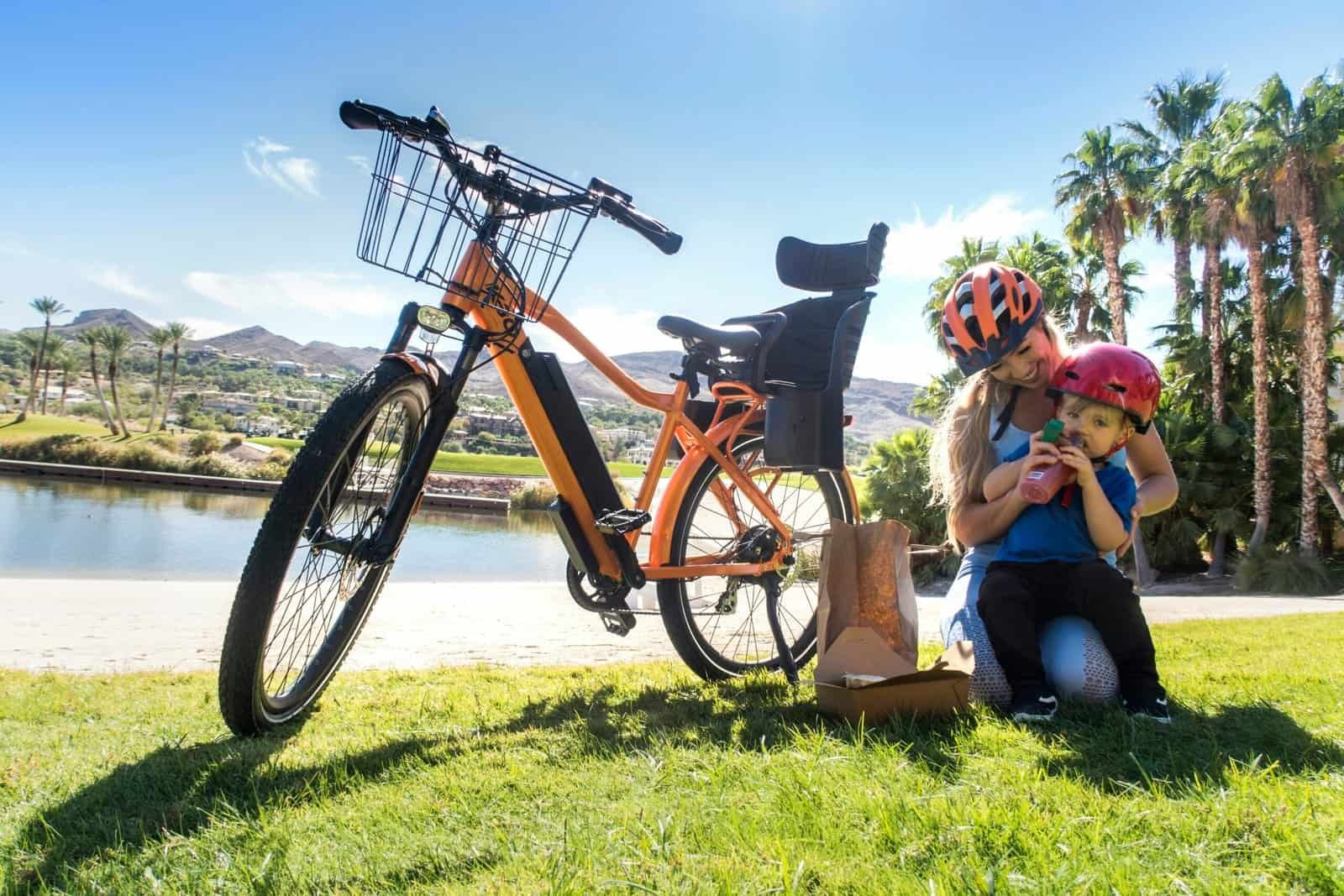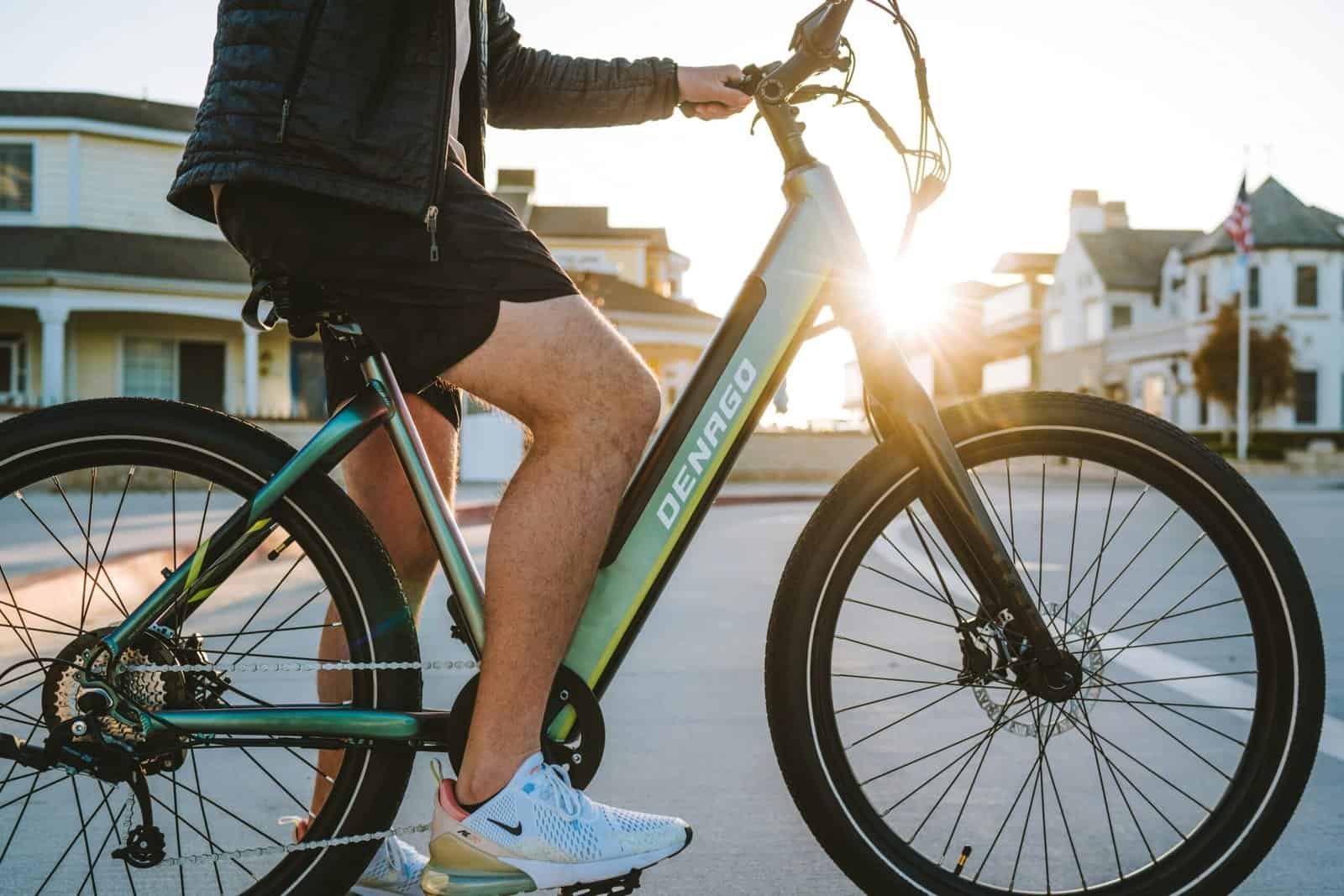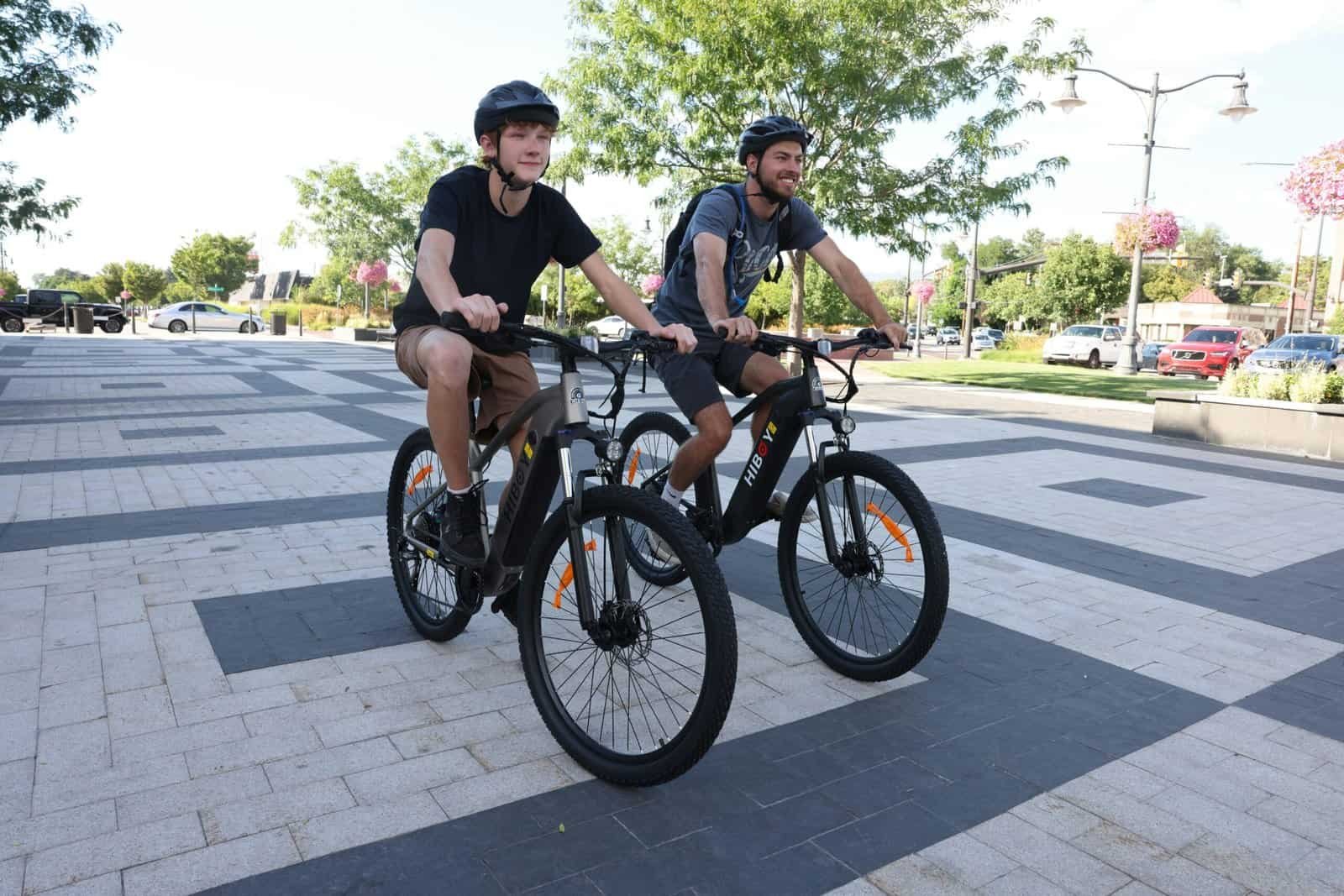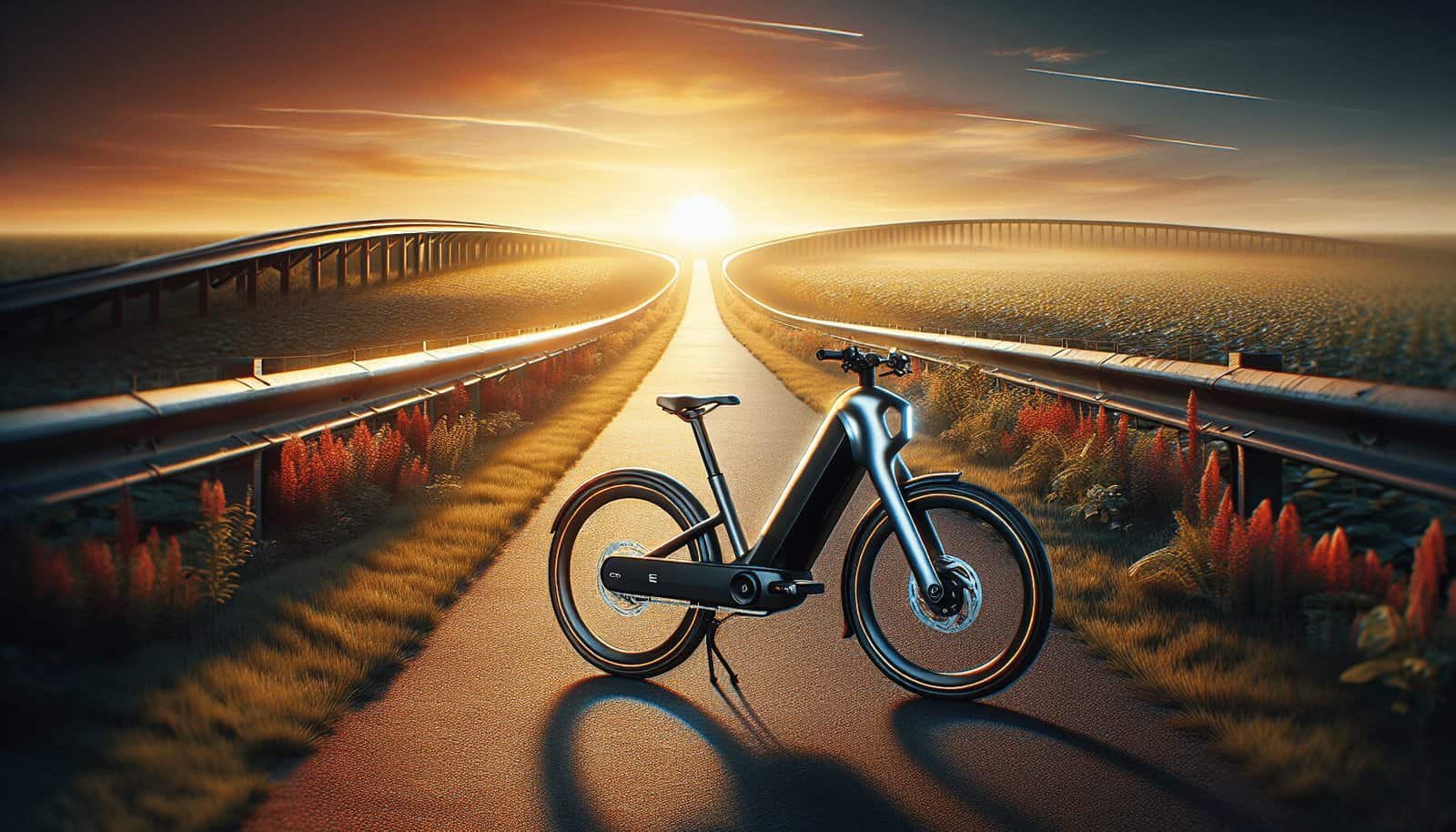Have you ever thought about ditching your car or public transportation for your daily commute and opting for something a bit more environmentally friendly? The idea of using an electric bike for long-distance commuting might have crossed your mind, but is it practical? Let’s chat about what you need to know and consider before taking the e-bike plunge for those longer travels.

What Is an Electric Bike?
An electric bike, or e-bike, is a bicycle equipped with an integrated electric motor that can be used for propulsion. This motor helps assist your pedaling, making it easier to tackle hills, headwinds, and fatigue. E-bikes come in various styles, from those resembling traditional bicycles to ones that look more like scooters.
Types of Electric Bikes
Understanding the types of e-bikes is crucial. They typically fall into three categories:
Pedal-Assist (Pedelec): This type requires you to pedal for the motor to kick in. It feels more like a traditional bike ride but with less effort.
Throttle-Controlled: You control the motor using a throttle, which means you don’t have to pedal if you don’t want to. It functions more like a moped.
Speed Pedelecs: These bikes are faster, offering pedal assistance up to 28 mph, compared to the standard 20 mph in regular e-bikes.
Each type offers different benefits depending on your commuting needs. Depending on your preference, you can choose one that’s more suitable for longer commuting distances.
How Do Electric Bikes Work?
The motor, battery, and drivetrain are the core components of an e-bike. The motor assists the pedaling, making it easier to ride without requiring excessive effort. The battery stores energy for the motor and determines how long you can ride before needing a recharge.
Battery Capacity and Range
The battery’s capacity, usually measured in watt-hours (Wh), significantly impacts your commuting possibilities:
- Small Batteries (200-300 Wh): Good for shorter commutes and generally offer around 15-30 miles.
- Medium Batteries (400-600 Wh): Suitable for medium distances, giving a range of 25-50 miles.
- Large Batteries (700+ Wh): Perfect for long-distance commutes, offering 50 miles or more.
Keeping your battery fully charged will ensure you get the maximum range, making long-distance commuting feasible.
The Advantages of Using an Electric Bike for Long-Distance Commuting
Why consider an e-bike for your daily commute? Let’s explore some of the key benefits.
Eco-Friendly Transport
Riding an electric bike reduces your carbon footprint compared to driving a car. It’s an environmentally friendly way to travel, helping reduce emissions and pollution. You get to pedal towards cleaner air!
Cost-Effective Commuting
The cost of charging an e-bike is significantly lower than paying for fuel or public transport. Also, maintenance for e-bikes is typically cheaper than a car. Over time, you’ll notice substantial savings.
Health Benefits
Even though e-bikes have a motor, they still encourage physical activity. You’ll get a cardiovascular workout each time you pedal, boosting your health and fitness over time. It’s a gentler way to stay active.
Potential Challenges of Long-Distance Commuting with an Electric Bike
While riding an e-bike has many benefits, it’s worth considering some challenges that may come up when commuting long distances.
Range Anxiety
Worrying about your battery running out before reaching your destination can be stressful. To manage this, familiarize yourself with your e-bike’s range and plan your routes accordingly.
Weather Conditions
Electric bikes can be susceptible to weather conditions. For instance, riding in heavy rain might affect the bike’s components. Ensuring proper maintenance and having rain gear can help alleviate some concerns.
Urban Traffic Issues
Navigating through congested urban areas on a bike can be tricky. It may require additional skills to ensure a safe commute. However, many cities offer bike lanes, which can streamline your travel and make it much safer.

Preparing for Long-Distance Commuting
Transitioning to an electric bike for long-distance commuting requires preparation. Here’s how you can make the shift smoothly.
Choosing the Right E-Bike
Selecting the right e-bike is vital. Consider factors like battery capacity, motor power, and bike weight. Test different models to find one that suits your commuting needs and comfort level.
The Importance of Cycling Gear
Proper cycling gear enhances safety and comfort. Invest in a good helmet, rain-resistant clothing, and quality gloves. Consider pannier bags for carrying essentials, eliminating the need for a heavy backpack.
Route Planning
Plan your route before setting off. Look for bike-friendly paths or less congested routes. Apps dedicated to cycling can offer insights into the best paths and can suggest less traveled roads.
Sustaining Your Commute
Maintaining motivation and keeping your e-bike in good shape ensures a pleasant commuting experience.
Establishing a Routine
Creating a routine helps make commuting with your e-bike part of your daily life. Set your alarm a bit earlier, prep your gear the night before, and treat the ride like an adventure rather than a task.
Regular Maintenance and Care
Regular maintenance will keep your e-bike in peak condition. Check tire pressures, brake systems, and battery health regularly. Consider learning some basic repair skills or find a reliable bike shop for periodic check-ups.

Comparing Electric Bikes to Other Transport Modes
Understanding how electric bikes stack up against other commuting modes can offer clarity on whether it’s a suitable choice for you.
| Feature | Electric Bike | Car | Public Transport |
|---|---|---|---|
| Cost | Low operational cost | High operational cost | Moderate Cost |
| Convenience | Moderate (weather-dependent) | High | High |
| Eco-Friendliness | High | Low | Moderate |
| Health Benefits | High (exercise) | Low | Moderate |
These comparisons can help you determine the best option based on your values and priorities.
Legal Aspects of Using Electric Bikes
Being aware of the law is essential. Regulations differ by location, so check your local government’s website for specific rules. Generally, e-bikes are subject to the following:
Speed Limits and Classification
Most areas classify e-bikes based on their speed and power. It’s critical to understand which class your e-bike falls into and adhere to any speed limitations.
Where You Can Ride
Different paths have different rules. E-bikes might be restricted from certain areas, like sidewalks or specific bike paths. Always ensure you’re riding legally and safely.

Is an Electric Bike Right for You?
With pros and cons on the table, the question remains: Is an electric bike the right choice for your long-distance commute?
Assessing Your Needs and Lifestyle
Consider aspects such as distance, terrain, and your fitness level. Factor in your commitment to cycling regularly and the amount of money you’re willing to invest upfront on the right e-bike.
Weighing the Benefits Against Challenges
Balanced against the initial investment and potential challenges, many find the switch to electric biking for commuting both rewarding and feasible. It promotes an active lifestyle and contributes positively to the environment.
Incorporating Electric Bikes into Your Life
Once equipped and decided, integrating an electric bike into your daily routine can be simple and even enjoyable.
Community and Support
Join local cycling groups or online forums for tips, shared experiences, and advice. Engaging with a community can offer encouragement and help you overcome any initial hurdles.
Experimenting with Routes and Timing
Don’t hesitate to try different routes or ride times. It’s all about finding what works best for you and enhancing your overall commuting experience.

Conclusion
So, can you use an electric bike for long-distance commuting? Absolutely! It takes some planning and preparation but offers immense benefits for your lifestyle and the environment. As you weigh your options, keep your long-term goals and daily needs in mind to make the best decision for your commute. With the right e-bike and mindset, you’ll be cruising into a new, exciting way of traveling each day.

